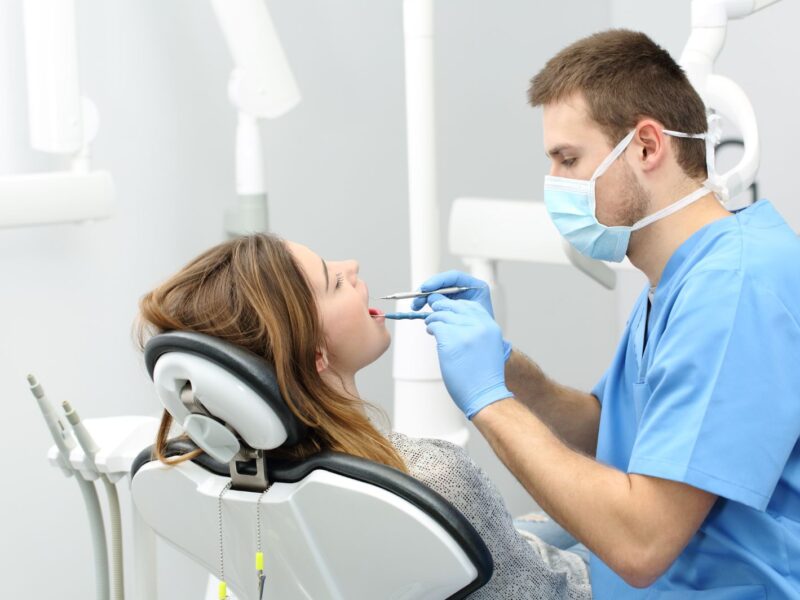You may not be counting, but if you’re like the average person, you stand on your feet for at least four hours and take about 5,000 steps daily. It’s no wonder that foot problems become more common as we age. Indeed, around one in three older adults experience such woes.
So, what are common foot problems in older adults, then? Most importantly, are they treatable?
This guide answers those questions, so read on.
Table of Contents
What Are Common Foot Problems in Older Adults?
Some of the most prevalent are bunions, cracked heels, ingrown toenails, and plantar fasciitis. These conditions cause pain that makes daily activities more challenging for older people.
Bunions
Bunions, bony bumps on the joint at the base of the big toe, are so prevalent they affect about one in three U.S. adults. The risk of developing them increases as one ages, making them more common in older folks. Women are also more likely to get them due to their genes, foot anatomy, and footwear choices.
Foot pain, stiffness, inflammation, and redness are common signs of bunions.
Cracked Heels
Anyone with dry skin can develop cracked heels or fissures that result from thick, dry, scaly skin that splits. However, they’re common problems affecting aging feet because as the skin ages, it loses elasticity. Therefore, older people have an increased risk of developing such cracks.
Ingrown Nails
Ingrown toenails, usually affecting the big toe, are nails that grow back into the skin surrounding the nail bed. They can be painful and, if left untreated, become infected. They’re common in older people because the nails become thicker with age.
Plantar Fasciitis
The plantar fascia is a thick band of tissue at the bottom of the feet and connects the heel and toe bones. Over time, it can develop small tears caused by all the tension and stress you put on your feet. This causes plantar fasciitis, a condition in which the plantar fascia becomes irritated or inflamed.
How Do You Treat Foot Problems?
Shoe insoles, pain medications, and ice can help relieve symptoms of most minor foot problems. So can wearing roomy and comfortable shoes and socks.
If you have cracked heels, you can treat them with moisturizers. Eating foods high in calcium, iron, and zinc can also help.
To treat a non-infected ingrown toenail, soak your feet in warm water for 15 to 20 minutes up to four times daily. If it seems infected (with pus, redness, and swelling), see a doctor ASAP. They may prescribe antibiotics for the infection and recommend partial nail removal.
To prevent or ease plantar fasciitis, take the time to rest your feet and wear supportive shoe gear. Maintaining a healthy weight can also help reduce the stress on your plantar fascia. But if it’s too painful, OTC pain relievers, physical therapy, and surgery may help.
If you have a severe case of bunion, your doctors may also recommend bunion surgery.
Take Better Care of Your Feet
From bunions to cracked heels and plantar fasciitis, these are just some answers to the question, “What are common foot problems in older adults?” And while they’re prevalent, they’re treatable and, in some cases, even preventable with proper foot care.
Ready for more informative health guides? Then check out our other news and blog posts!



